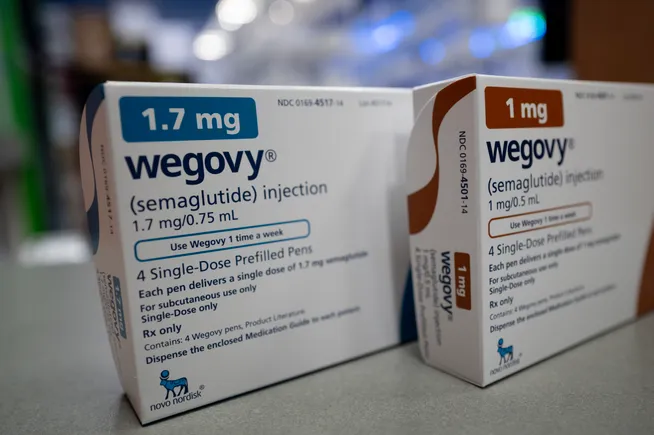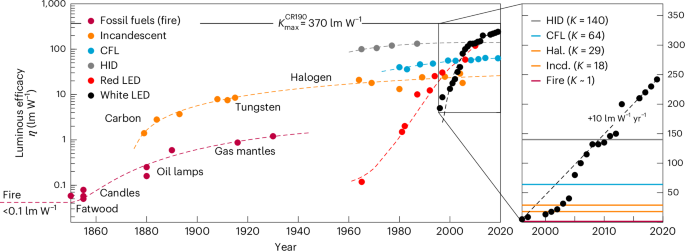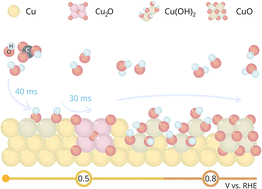A sensitive soma-localized red fluorescent calcium indicator for in vivo imaging of neuronal populations at single-cell resolution
by Shihao Zhou, Qiyu Zhu, Minho Eom, Shilin Fang, Oksana M. Subach, Chen Ran, Jonnathan Singh Alvarado, Praneel S. Sunkavalli, Yuanping Dong, Yangdong Wang, Jiewen Hu, Hanbin Zhang, Zhiyuan Wang, Xiaoting Sun, Tao Yang, Yu Mu, Young-Gyu Yoon, Zengcai V. Guo, Fedor V. Subach, Kiryl D. Piatkevich Recent advancements in genetically encoded calcium indicators, particularly those based on green fluorescent proteins, have optimized their performance for monitoring neuronal activities in a variety of model organisms. However, progress in developing red-shifted GECIs, despite their advantages over green indicators, has been slower, resulting in fewer options for end users. In this study, we explored topological inversion and soma-targeting strategies, which are complementary to conventional mutagenesis, to re-engineer a red genetically encoded calcium indicator, FRCaMP, for enhanced in vivo performance. The resulting sensors, FRCaMPi and soma-targeted FRCaMPi (SomaFRCaMPi), exhibit up to 2-fold higher dynamic range and peak ΔF/F0 per single AP compared to widely used jRGECO1a in neurons both in culture and in vivo. Compared to jRGECO1a and FRCaMPi, SomaFRCaMPi reduces erroneous correlation of neuronal activity in the brains of mice and zebrafish by two- to 4-fold due to diminished neuropil contamination without compromising the signal-to-noise ratio. Under wide-field imaging in primary somatosensory and visual cortices in mice with high labeling density (80–90%), SomaFRCaMPi exhibits up to 40% higher SNR and decreased artifactual correlation across neurons. Altogether, SomaFRCaMPi improves the accuracy and scale of neuronal activity imaging at single-neuron resolution in densely labeled brain tissues due to a 2–3-fold enhanced automated neuronal segmentation, 50% higher fraction of responsive cells, up to 2-fold higher SNR compared to jRGECO1a. Our findings highlight the potential of SomaFRCaMPi, comparable to the most sensitive soma-targeted GCaMP, for precise spatial recording of neuronal populations using popular imaging modalities in model organisms such as zebrafish and mice.
by Shihao Zhou, Qiyu Zhu, Minho Eom, Shilin Fang, Oksana M. Subach, Chen Ran, Jonnathan Singh Alvarado, Praneel S. Sunkavalli, Yuanping Dong, Yangdong Wang, Jiewen Hu, Hanbin Zhang, Zhiyuan Wang, Xiaoting Sun, Tao Yang, Yu Mu, Young-Gyu Yoon, Zengcai V. Guo, Fedor V. Subach, Kiryl D. Piatkevich Recent advancements in genetically encoded calcium indicators, particularly those based on green fluorescent proteins, have optimized their performance for monitoring neuronal activities in a variety of model organisms. However, progress in developing red-shifted GECIs, despite their advantages over green indicators, has been slower, resulting in fewer options for end users. In this study, we explored topological inversion and soma-targeting strategies, which are complementary to conventional mutagenesis, to re-engineer a red genetically encoded calcium indicator, FRCaMP, for enhanced in vivo performance. The resulting sensors, FRCaMPi and soma-targeted FRCaMPi (SomaFRCaMPi), exhibit up to 2-fold higher dynamic range and peak ΔF/F0 per single AP compared to widely used jRGECO1a in neurons both in culture and in vivo. Compared to jRGECO1a and FRCaMPi, SomaFRCaMPi reduces erroneous correlation of neuronal activity in the brains of mice and zebrafish by two- to 4-fold due to diminished neuropil contamination without compromising the signal-to-noise ratio. Under wide-field imaging in primary somatosensory and visual cortices in mice with high labeling density (80–90%), SomaFRCaMPi exhibits up to 40% higher SNR and decreased artifactual correlation across neurons. Altogether, SomaFRCaMPi improves the accuracy and scale of neuronal activity imaging at single-neuron resolution in densely labeled brain tissues due to a 2–3-fold enhanced automated neuronal segmentation, 50% higher fraction of responsive cells, up to 2-fold higher SNR compared to jRGECO1a. Our findings highlight the potential of SomaFRCaMPi, comparable to the most sensitive soma-targeted GCaMP, for precise spatial recording of neuronal populations using popular imaging modalities in model organisms such as zebrafish and mice.




















































































































































